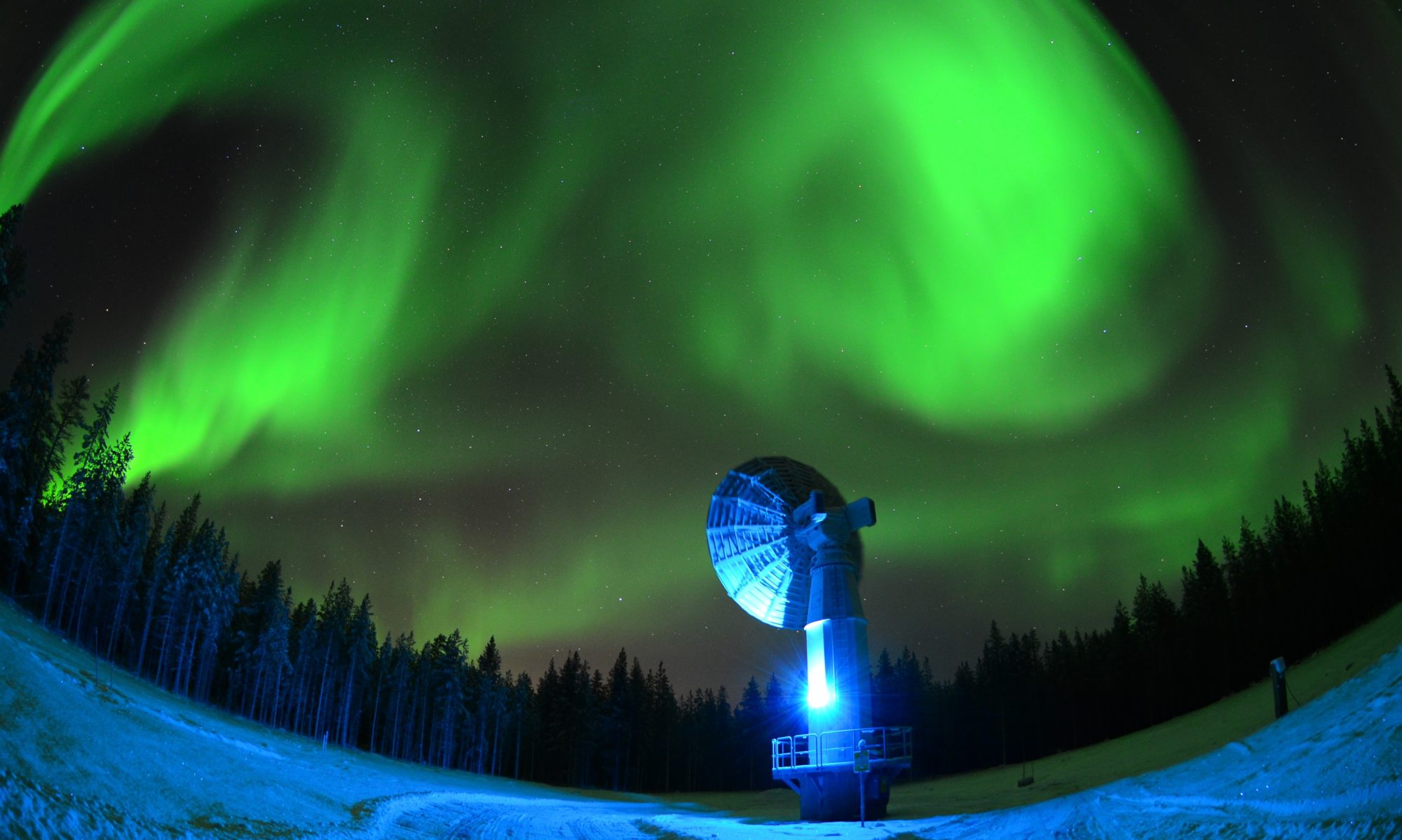Finnish Meteorological Institute (FMI) had the pleasure to host the 2nd Wildfire Shared Arctic Variable SAV Finnish workshop in March 2023 where we continued to co-develop possible SAVs under the theme Wildfire. The aim was to expand the work carried out in the first Expert panel meeting held last fall, and to bring in new experts with indigenous, local and global points of views. The key focus was to discuss the information sources and needs related to the topic. We had a great variety of participants from SOGSAKK, SYKE, Finnish forest agency Metsähallitus, Arbonaut, University of Eastern Finland, SámiSoster, Lapland rescue services, FMI, Emergenssi Ltd, HAMK, Municipality of Utsjoki, AVI, Ministry of the Interior Department rescue services and Forest Centre.


During the day, we heard conversation-opening talks, had discussions in smaller groups to ensure everyone’s voice was heard, and shared the groups ideas in a joint debate. Janne Näkkäläjärvi and Mika Aromäki from SOGSAKK talked about the role of education in sharing know-how of fire handling, and the challenges and loss reindeer husbandry is facing due to wildfires, among other natural sources of livelihood. Jussi Hannukari from Lapland rescue service discussed the importance of regional preparedness and the challenge of sufficient resources in wildfire operations. He reminded us that wildfires and their effects can cross-borders, therefore developing co-operation is essential.
The proposed Wildfire theme SAVs from the first Expert panel meeting were introduced and further developed: ignition and fire prone areas were identified as key variables. Available information sources were discussed, for example Janne Kotro (FMI) showed how satellites observations can be utilized with example images from Kalajoki 2021 wildfire, and Juha Aalto (FMI) opened discussion on how microclimate information could be useful in Arctic wildfire preparedness.
In the afternoon, the conversations were continued in smaller groups with key questions: What information is available for Arctic wildfire preparedness? Who gathers and processes information? How to act in changing climate? Afterwards, groups insights were linked with the SAVs. Throughout the day, we had fruitful discussions and we thank warmly all the participants! Stay tuned, in April 2023 the work continues within our international Wildfire SAV workshop, organized in Helsinki.

Credit: Mikko Strahlendorff.
Wildfire SAV is being developed in Arctic PASSION together with Arctic wildfire preparedness project which supports the local efforts in Finland.
Read more:
Sharing Arctic variables – Wildfire Expert panel meeting in Finland
Arctic PASSION project












